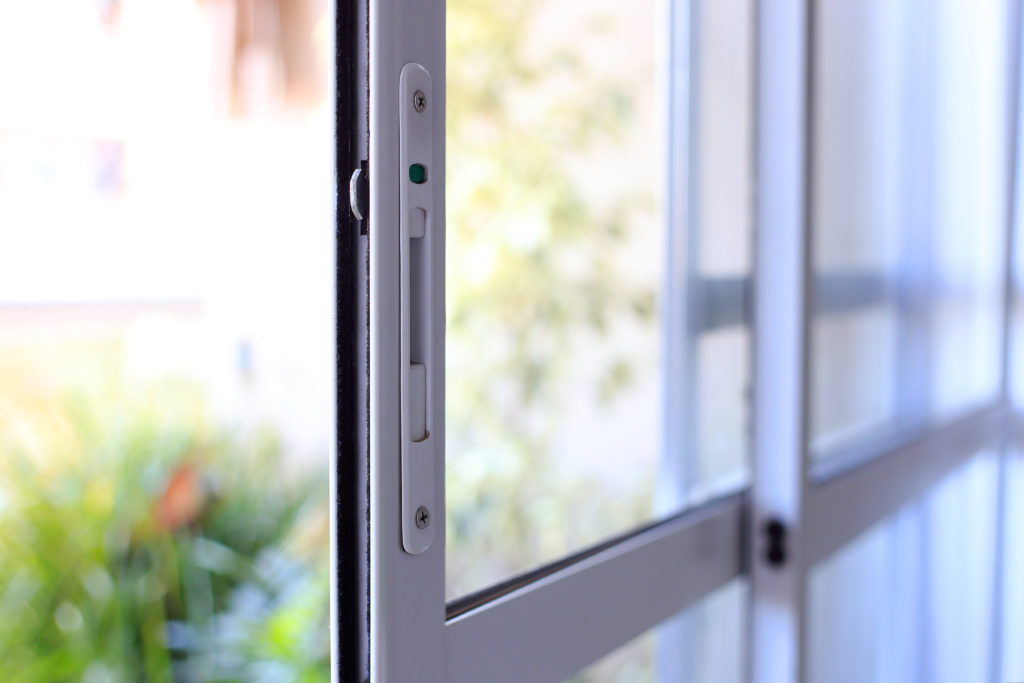If you’ve never bought hurricane impact windows before, you may be wondering about the different ratings that different products have and what they mean. Let’s take a look at what hurricane windows are and how they are rated, so you can be sure to make the right choice for your home and your family.
What Are Hurricane Impact Windows?
Hurricane impact windows may not look much different from traditional windows, but they are different because they are stronger and have been rated as superior when it comes to protecting your home from storms. Typically, hurricane impact windows are made from laminated and tempered glass and set in a reinforced frame, which makes them almost impossible to break. If they are damaged, they will tend to crack in a spiderweb-like fashion, rather than blowing out completely, which means you won’t end up with dangerous shards of glass flying around everywhere injuring people. Hurricane impact windows have also been tested repeatedly and extensively to ensure that they are able to protect properties from extreme winds, water pressure, and other kinds of structural damage, which is something your average window just isn’t able to do.
Hurricane Impact Windows: How Are They Rated?
You might think it would be simpler to manufacture all hurricane impact windows to the same standards, but because all homeowners have different requirements, and different price points to consider, they actually come in a variety of strengths and ratings so that you can choose the windows that will best meet your needs. With that in mind, here are the most important hurricane impact window ratings and what they mean:
Designs Pressure Rating
The DP rating of impact windows is the most commonly used tasting. It uses a number-based system to show the buyer how well a window is able to withstand water penetration or wind pressure. When coming up with a DP rating, testers must consider at least two of the following:
- Air infiltration
- Water infiltration
- Structural load
The higher the DP number, the better the window is at enduring the three above issues.
Wind Scale Ratings
Hurricanes are rated categories 1-5 depending on the level of sustained windspeed they generate. You will probably know, living in Florida, that a category 1 is the less serious, with speeds of between 74 and 95 mph, while a category 5 is the most severe, reaching speeds of 157 mph or above. Hurricane impact windows that have been wind scale rated will tell you exactly which category of hurricane they are able to withstand.
Solar Heat Gain Coefficient
SHGC ratings are able to tell you how much solar radiation can pass through your windows and get into your home. The lower the number the better they are able to do their job.
Thermal Properties
Most hurricane impact windows will also have a thermal rating (or several) which will tell you exactly what they are capable of. These could include any of the following:
- Light-to-solar gain
- Thermal conductivity
- Air leakage
- Condensation resistance
- And many more
When it comes to upgrading your home for something as important as protection against high winds and/or hurricanes, it is always best to speak with a professional to explore your options. That said, hopefully the information provided in this article helps to understand some of the basics and know what questions to ask in order to make the right decision for your home.

